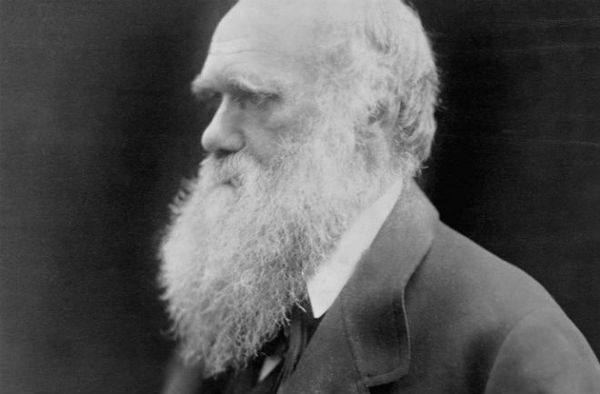
Back in the mid-1800s, British naturalist Charles Darwin drew a crude sketch in which depicting evolutionary interconnections between all of the planet's living things as a "great tree," whose twigs and buds represented individual current species.
Since then, mapping out the vast variety life on Earth has proven to be more difficult than Darwin might have envisioned. (Here's the drawing that he made of it.) Over the years, scientists have published tens of thousands of partial versions of the great tree, looking at select branches and including about 100,000 species.
Advertisement
But now, a century and a half later, scientists from 11 different institutions have joined forces to amass all of that information, plus new data, to create the most comprehensive version of the tree so far.
As detailed in a recent article in Proceedings of the National Academy of Sciences, the new Tree of Life shows how 2.3 million different types of animals, plants, fungi and microbes are interconnected, and how those relationships have diverged since life began on Earth more than 3.5 billion years ago.
"This is the first real attempt to connect the dots and put it all together," said principal investigator Karen Cranston of Duke University in a press release. "Think of it as Version 1.0."
Here are some intriguing points about the project.
1. The Tree was built in large part by grafting together a lot of smaller trees. The researchers amassed a database of more than 6,800 partial trees developed by scientists, which described branches such as birds and mammals. From those, they picked 484 that had the best, most recent information, and used them to build the new Tree of Life.
2. It's a sort of a Wikipedia for evolution. The researchers are developing software that will enable other scientists to log on, update or revise the tree, as new species are identified and named.
3. The Tree may include some species that haven't yet been discovered. The 2.3 million that we mentioned earlier actually represents something called operational taxonomic units, which basically are buds on the tree. These can be species, or subspecies, or varieties that have some evolutionary difference, as University of Michigan researcher Stephen Smith explained in a Reddit discussion featuring many of the scientists who worked on the Tree. About 1.8 million species have been named so far, but scientists say that number probably represents only a fraction of the total number of species on the planet. In the words of University of Florida researcher Doug Soltis, "There's still so much diversity out there that we know nothing about."
4. One big challenge in building the tree has been figuring out what names to use for animals. You might think that scientific nomenclature is really organized and systematic, but it's actually filled with name changes, alternate names, misspellings and sometimes puzzling abbreviations. It has gotten so confusing that for a time, spiny anteaters and a genus of moray eels shared the scientific name Echidna, and the eastern red bat still is listed in many places under two different scientific names: Lasiurus borealis and Nycteris borealis.
5. The Tree is going to grow even more, as researchers dig back into Earth's biological past. Right now it only includes living species. "Getting extinct taxa (populations of organisms) into the tree is definitely high on the priority list," explained University of Michigan researcher Joseph Brown in the Reddit discussion.
6. The Tree contains a few surprises. You may not know, for example, that animals turn out to be more closely related to fungi than they are to plants. And whales actually are closely related to hippos — forming a branch of the tree that the researchers call a "whippo-clade." (Learn more about those in the video below.)
7. The Tree might enable scientists to predict future evolution. As University of Michigan researcher Cody Hinchliff explained, the Tree enables scientists to see the relationships between different lineages of life, which helps them to figure out how the evolutionary process might have worked in certain ways. "This, in turn, allows us to start making predictions about how evolution may work in general," he wrote. That could be really useful when it comes to anticipating how future viruses may evolve, for instance, and designing treatments to combat them.
8. Some evolutionary relationships may be impossible to figure out. Trees are pretty good for figuring out the sort of evolution that occurs when genes are passed along from a parent to a child. But as University of Kansas researcher Mark Holder explained on Reddit, bacteria and other microbes often give genes to non-relatives through a route known as lateral gene transfer. When that's the case, "I am not very optimistic that we will be able to make precise statements about the deep genealogical relationships," he wrote.
9. Scientists are eager to plug in more partial trees. The Christian Science Monitor reports that the researchers were limited to using data from trees that already existed in digital form, and that only represents a small fraction of the ones that have been created over the years. "There's a pretty big gap between the sum of what scientists know about how living things are related, and what's actually available digitally," said Duke University's Cranston.
10. You don't have to be a scientist to look at the data. In addition to the research version, they've also built a simplified version for ordinary folks, including this searchable wheel of selected species ranging from T. Rex to the duck-billed platypus to humans, and this timeline of evolution.
Advertisement

